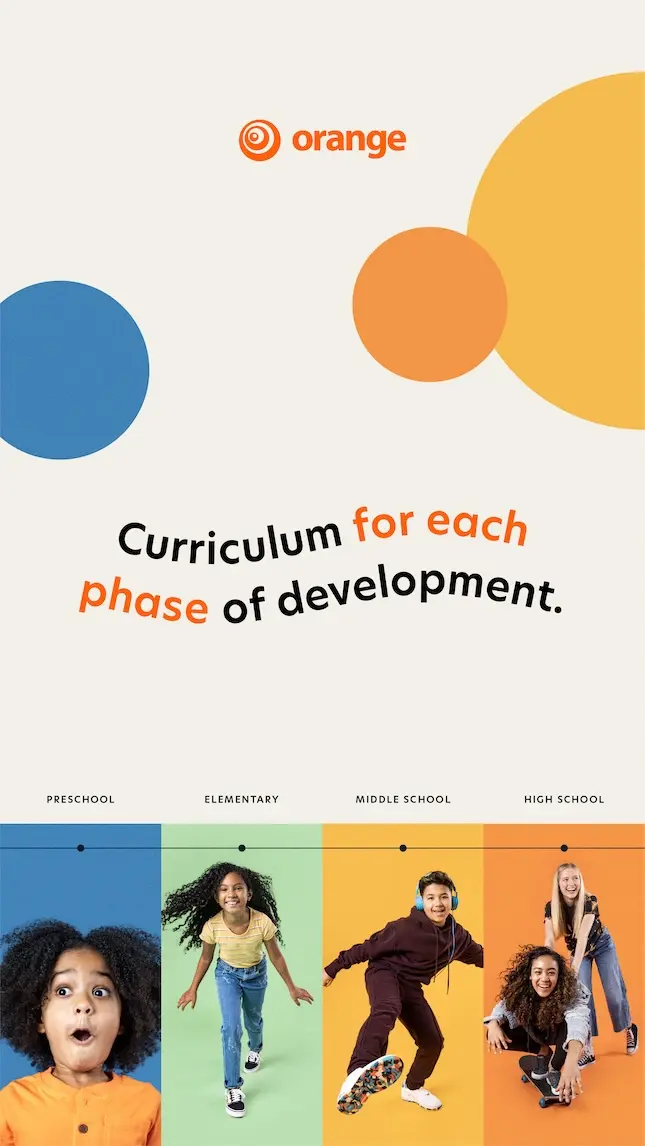The Great Commission calls us to reach all people with the good news of Jesus’ birth, death, and resurrection. Today’s church leaders are taking this call seriously, which might just be why you’re reading this blog post.
You want to invite anyone and everyone to experience the fullness of God’s love. To do that, your church must be diverse. But how do you get there? And what does that landscape look like in our country today?
A 2018 survey by LifeWay Research found that 81% of protestant pastors say their church consists mainly of one racial or ethnic group—a decrease of 5% compared with just four years ago. We’d like to call this progress a success—and it is—but we as the Church have a long way to go.
As Sam Collier, author of Find Your Voice: Capturing the Power of Influence to Live a Greater Story, points out, we’ve got just a decade or two to make some major shifts—which makes sense. After all, the U.S. Census Bureau reports that just half of American kids under the age of 10 are white. The rest consists of various ethnic minorities.
Today, we’ll talk about how you can assess the diversity of your own church. The answer isn’t as simple as it might seem. You must first start by looking at the community around you and then look inside the four walls of your church.
Study Your Community
1. Understand the Numbers
If you’re like most church leaders, you’ve got a long list of people who inspire your ministry. Maybe you follow them on Instagram or listen to their sermons each week and think, “If I could just do church the way they do church . . .”
And it’s great for us to learn from one another. But when it comes to measuring and growing your diversity, you can’t really copy what anyone else is doing. You have to start with the facts of where you are.
The Gospel Coalition suggests a useful tool for discovering the demographics of your area. Simply input all zip codes within a 15-mile radius of your church (that’s the distance most folks are willing to drive) and you’ve got a wealth of information at your fingertips.
2. Get to Know the People
Once you know the demographics of your area, you can begin to create a vision for what you hope to see in your own congregation. Of course, numbers only tell a portion of the story. What those numbers represent are real people, with cultures, backgrounds, and traditions that inform how they see and interact with the world around them.
Your role here is to observe. Now, we’re not talking about sitting around at Starbucks watching the passersby. No, we mean observation in the way Virgina Ward explains it: an active, purposeful watching.
In this step, you’ll seek out information and understanding from community leaders about the people who live in your area. Ask questions, reflect on what you learn, and ask more questions.
Look Inside Your Church
Time to compare what you’ve found out about the diversity in your community with the people who regularly fill your pews. If data is something you track on a regular basis, this might be an easy task. If not, work with your staff to determine the best way to gather information. (We suggest only including regular attendees in your assessment.)
Once you’ve got the numbers in front of you, do the math. Then brace yourself for the potential of a harsh reality. Remember the survey mentioned above? Just 19% of protestant churches in America are doing diversity right. Chances are, you won’t fall into this category—not yet.
Make progress by following the advice uncovered by LifeWay Research. Be intentional in your personal life about spending time with people who are different from you. Grab coffee with a group of local minorities or invite a young immigrant family over for dinner.
And be sure that your church’s outreach plan considers everything you’ve learned about your surrounding community—the diverse stories, interests, and needs.



